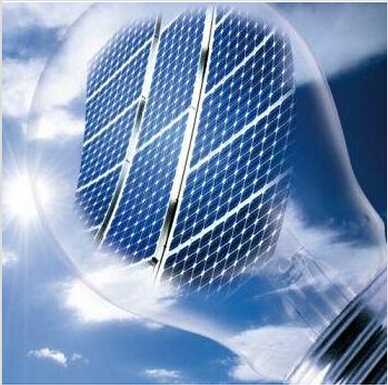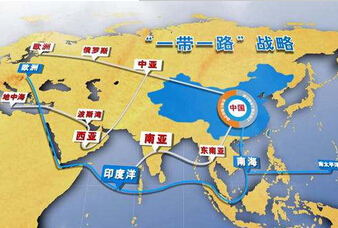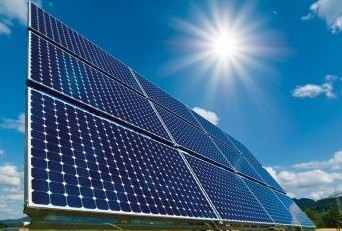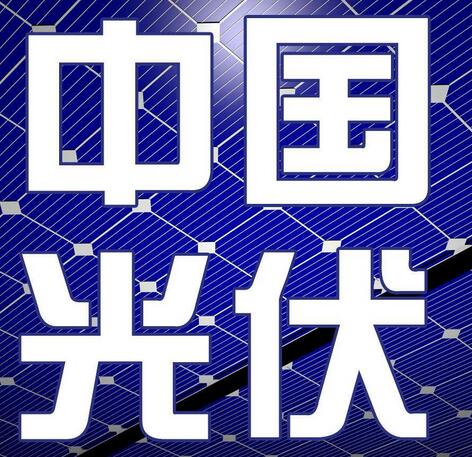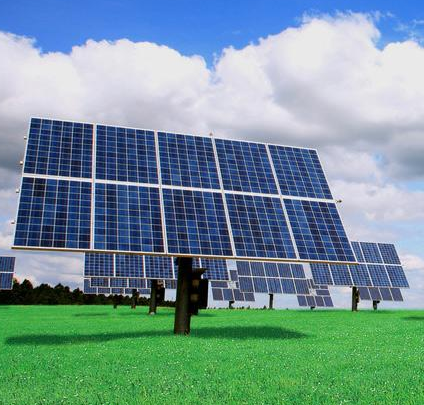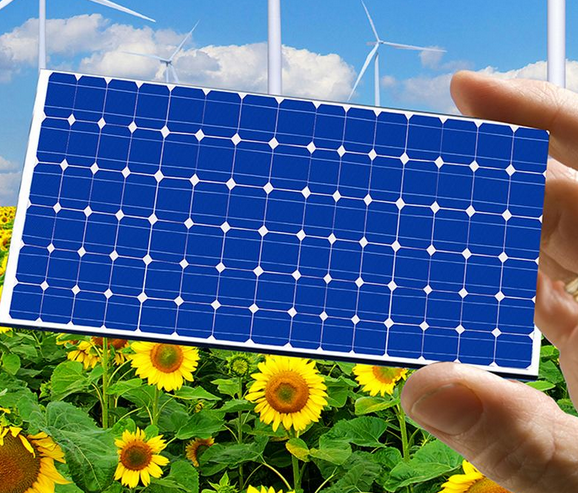The development of the photovoltaic industry has gradually matured. Quality, efficiency, innovation, and cross-border integration will become the highlight of the industry. “The construction of the leading base has promoted the technological advancement, cost reduction and comprehensive development of the entire photovoltaic industry. Technological innovation and cross-border integration will further promote the green and high-quality development of the photovoltaic industry.
Photovoltaic New Installation Ranked No. 1 in the World for 5 Years
In recent years, the photovoltaic industry has developed rapidly, and its share in the power system has increased year by year. The role of photovoltaic power generation in China's power system has gradually emerged. Yi Yuechun said: “China's annual PV power generation capacity has been ranked first in the world for five consecutive years, and cumulative installed capacity has been the highest in the world for three consecutive years. In 2017, it has added 53.06 million kilowatts, an increase of 54% year-on-year, generating 118.2 billion kwh. The year-on-year increase was 78.6%, accounting for 1.84 percent of the total power generation; in the first quarter of 2018, it increased 9.65 million kilowatts, a year-on-year increase of 22%, and the power generation was 35.1 billion kWh, an increase of 64% year-on-year."
Behind this series of data is the improvement of the overall capacity of the entire photovoltaic industry chain. The proportion of battery module production capacity increased at a high rate. In the two years of 2016 and 2017, the output of domestically produced battery cells increased by 24.4% and 41.2% year-on-year, respectively; the module output increased by 26% and 39.7% year-on-year respectively. The level of product technology continues to improve, and the conversion efficiency of crystalline silicon modules continues to increase at an annual rate of 0.5%. All this is like a driving force from the inside out, which inspires the continuous development of the entire industry.
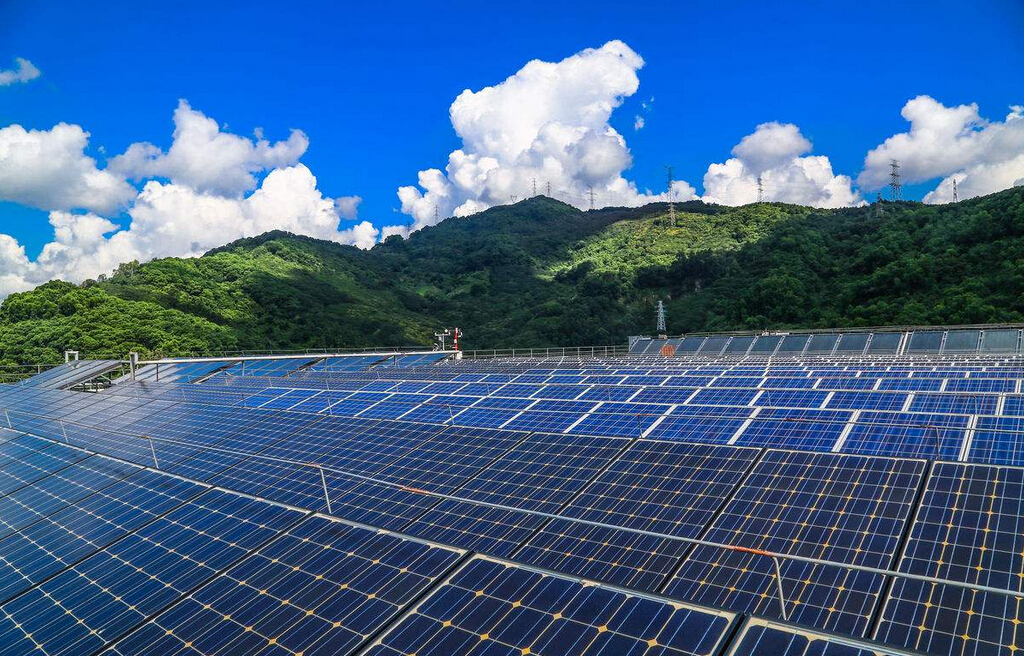
The progress of the photovoltaic industry is not an explosion of one or two points. It is a chain reaction of three-dimensional advancement of different dimensions. In terms of the construction of photovoltaic power plants, it is not a simple superposition of a single, centralized or distributed system. Different power plant construction models have exceeded imagination. Yi Yuechun said: “The construction of photovoltaic power stations will be combined with the combination of centralized and distributed, ground construction and building construction. In 2017, the newly-added centralized photovoltaics accounted for 63%, an increase of 11% over the same period of last year. PV increased to 37%, a year-on-year increase of 3.7 times; in the first quarter of 2018, new centralized PV accounted for 20%, a year-on-year decrease of 64%, and a year-on-year increase of 217%.
Yi Yuechun said: “The photovoltaic power plant construction market is developing in a balanced manner in the middle, east, and west. The newly added PV in 2017: East China Region is 14.67 million kilowatts, which is a 1.7-fold increase over the same period last year, accounting for 27.7% of the country; Central China 1064 Million kilowatts, up 70% year-on-year, accounting for 20% of the country, and 6.24 million kilowatts in the northwest, down 36% year-on-year.”
In addition to the large-scale development of photovoltaic distributed, China's photovoltaic construction market also shows a balanced development trend in the middle, east, and west. The 2017 year in East China increased by 1.7 times year-on-year, accounting for 27.7% of the country; Central China increased by 70% year-on-year. Accounting for 20% of the country's total, the northwest region showed opposite trends with East China and Central China, with a year-on-year drop of 36%.
Take Jiangsu, a large photovoltaic province in eastern China, as an example. “In 2017, Jiangsu Province added 6.26 million kilowatts of newly installed renewable energy, which accounted for 48% of the province’s new volume, and became an important component of new installed capacity. At the end of 2017, the cumulative installed capacity of renewable energy reached 19.72 million kilowatts, an increase of 46.5% year-on-year, accounting for 17% of the province's total installed capacity, an increase of 4 percentage points from 2016.
Photovoltaic + development model is maturing
The competition in the front runner base can be described as the top “race” in China's photovoltaic industry. Since the launch of the first batch of Datong Photovoltaic Leading Bases, three batches have continued. Whether it is a leading base or a participating company for the construction of a base project, the fierce competition has never stop. For this reason, the advanced promotion of photovoltaic leading bases is also promoting the transformation of the photovoltaic industry from the pursuit of scale expansion to focusing on quality and efficiency, and promoting the gradual transformation of the photovoltaic industry to high efficiency.
“The purpose of the leading base construction is to support advanced technology demonstration through market-oriented methods, and to promote technological advancement as the basis for support, accelerate the application and transformation of advanced technology markets, and achieve grid-level photovoltaic prices.” Yi Yuechun said, “The second batch of photovoltaic leaders The base introduced a price competition mechanism, and the electricity price level accounted for 30%, and the average price of selected companies in Wuhai, Inner Mongolia, in particular, fell by 36.3% compared with the first batch.The third batch of photovoltaic leader application base construction project development enterprises competitive electricity prices With a score of 35%, the decline in base electricity prices further increased, reaching 32%-41.8%."
With the continuous reduction of photovoltaic costs and photovoltaic electricity prices, companies have put forward more ideas on the integration of base construction and cross-industry. The first batch of coal mining subsidence areas, the second batch of ecological management and comprehensive utilization, and the third batch of fishery integration, photovoltaic agricultural tourism and other cross-industry integration all show that the leader plan is not only It is to promote the development of the photovoltaic industry itself and build a new pattern of photovoltaic-based industry and diversified development. The common development model of photovoltaic + agriculture, photovoltaic + energy storage, photovoltaic + transportation, photovoltaic + construction and other photovoltaic + other industries is maturing.
















 RCCN WeChat QrCode
RCCN WeChat QrCode Mobile WebSite
Mobile WebSite